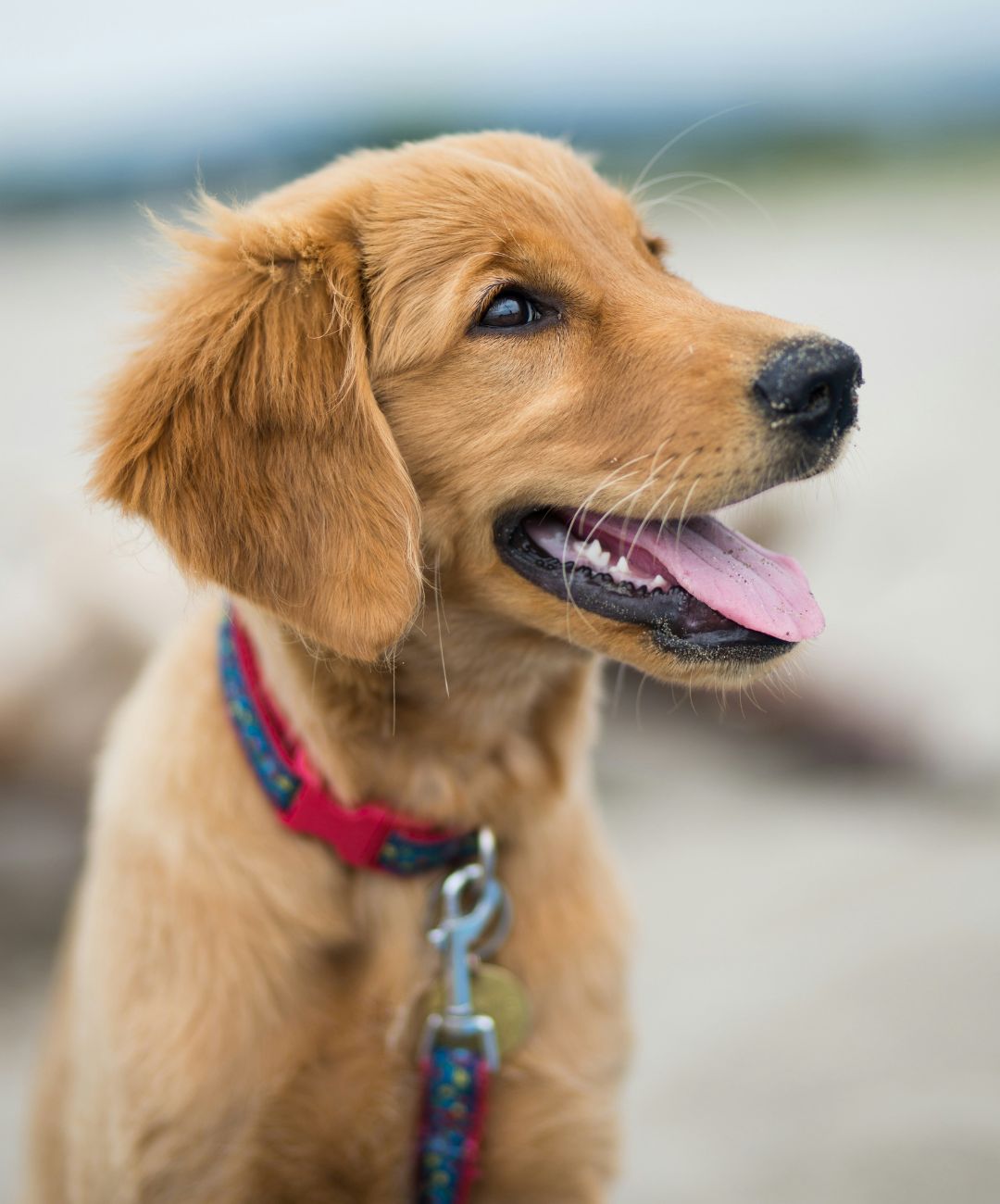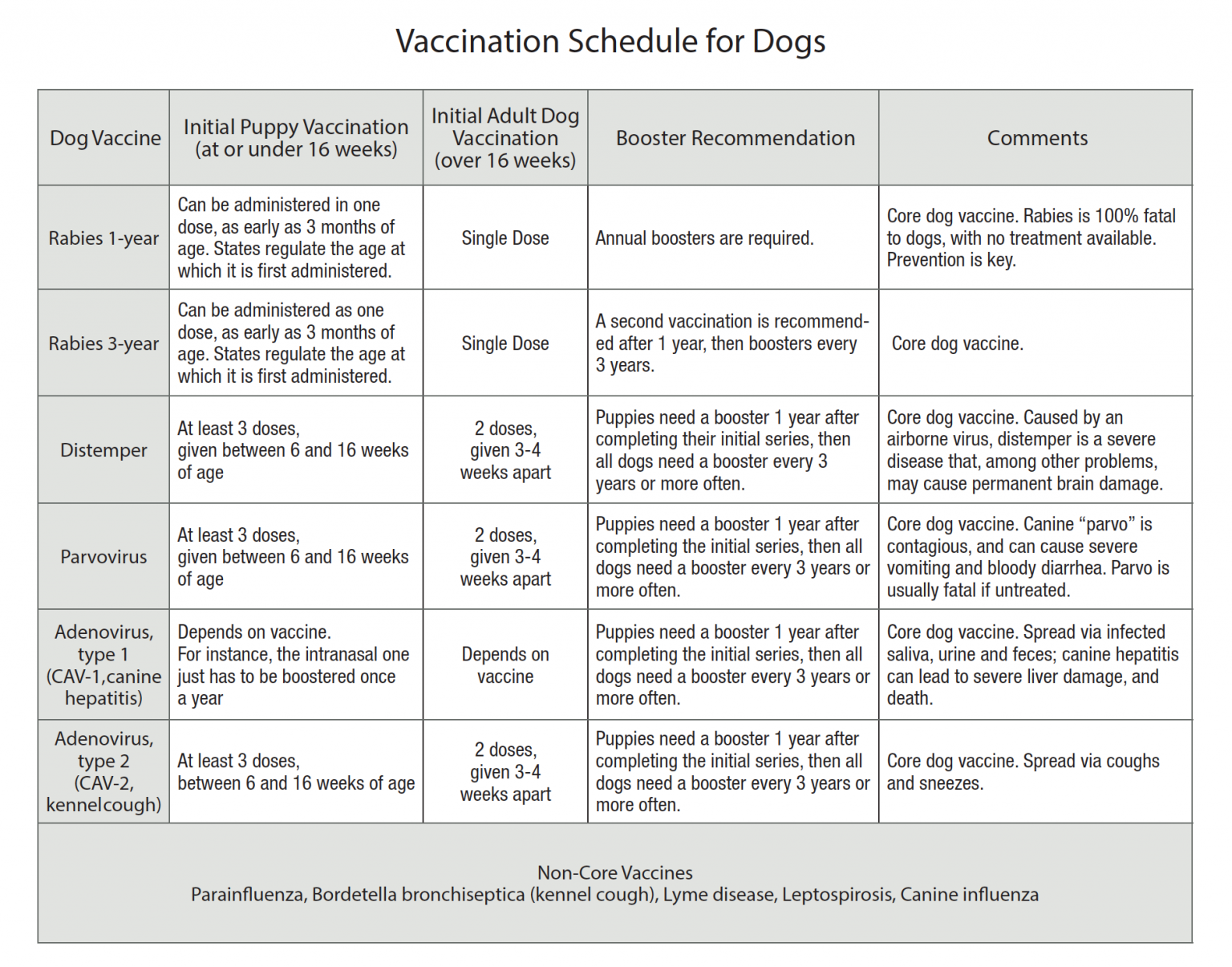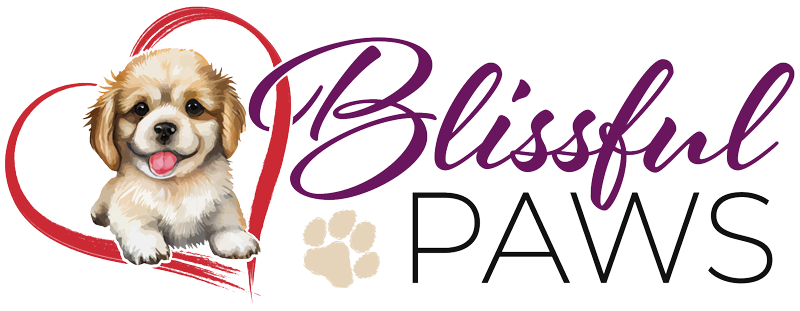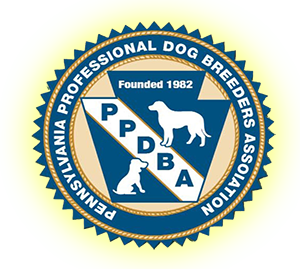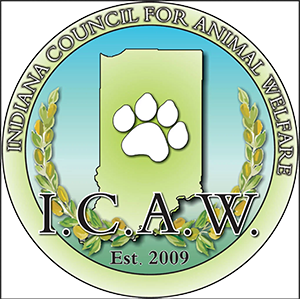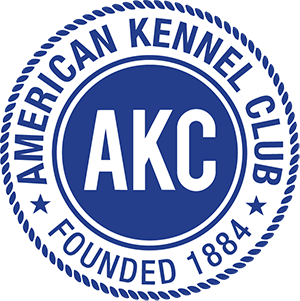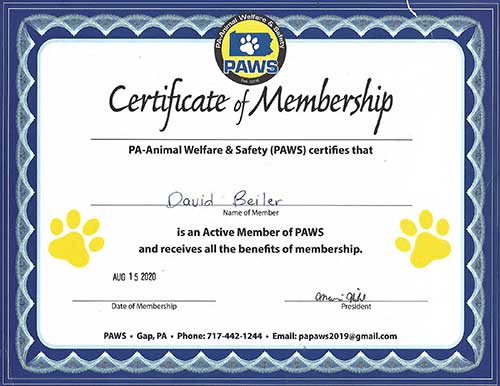Having the right collar and leash for your puppy is more than just a necessity—it’s a key part of their safety and training.
Before Buying Your Puppy
Collars, ID Tags, & Leashes
Collar Fit
A well-fitted collar ensures your puppy is comfortable and secure, reducing the risk of it slipping off during walks. It’s also important to choose an adjustable collar that can grow with your puppy, as their size will change quickly in the first few months.
ID Tags
ID tags are essential, as they provide quick access to your contact information in case your puppy gets lost, helping ensure a safe return.
Leashes
When it comes to leashes, there are several options to consider, such as standard, retractable, and harness-compatible leashes. Each has its own advantages, and selecting the right one depends on your puppy’s size and temperament.
Leash Training
Starting leash training on day one helps your puppy develop good walking habits early on, making walks more enjoyable for both of you. Early leash training also helps reinforce basic commands like “heel” and “stay.”
Check out this helpful guide on choosing the best collars and leashes for your puppy.
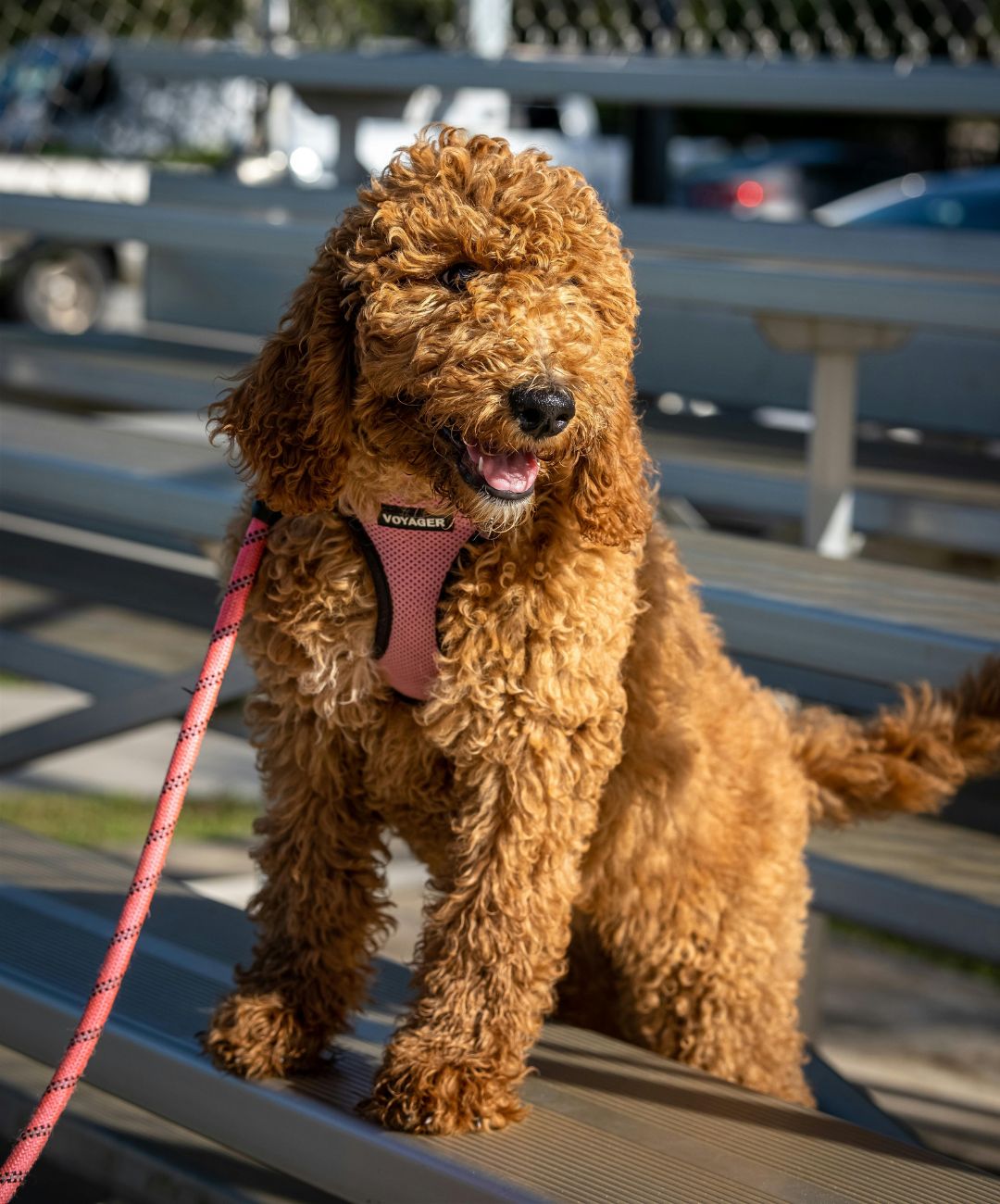
Food & Water Bowls
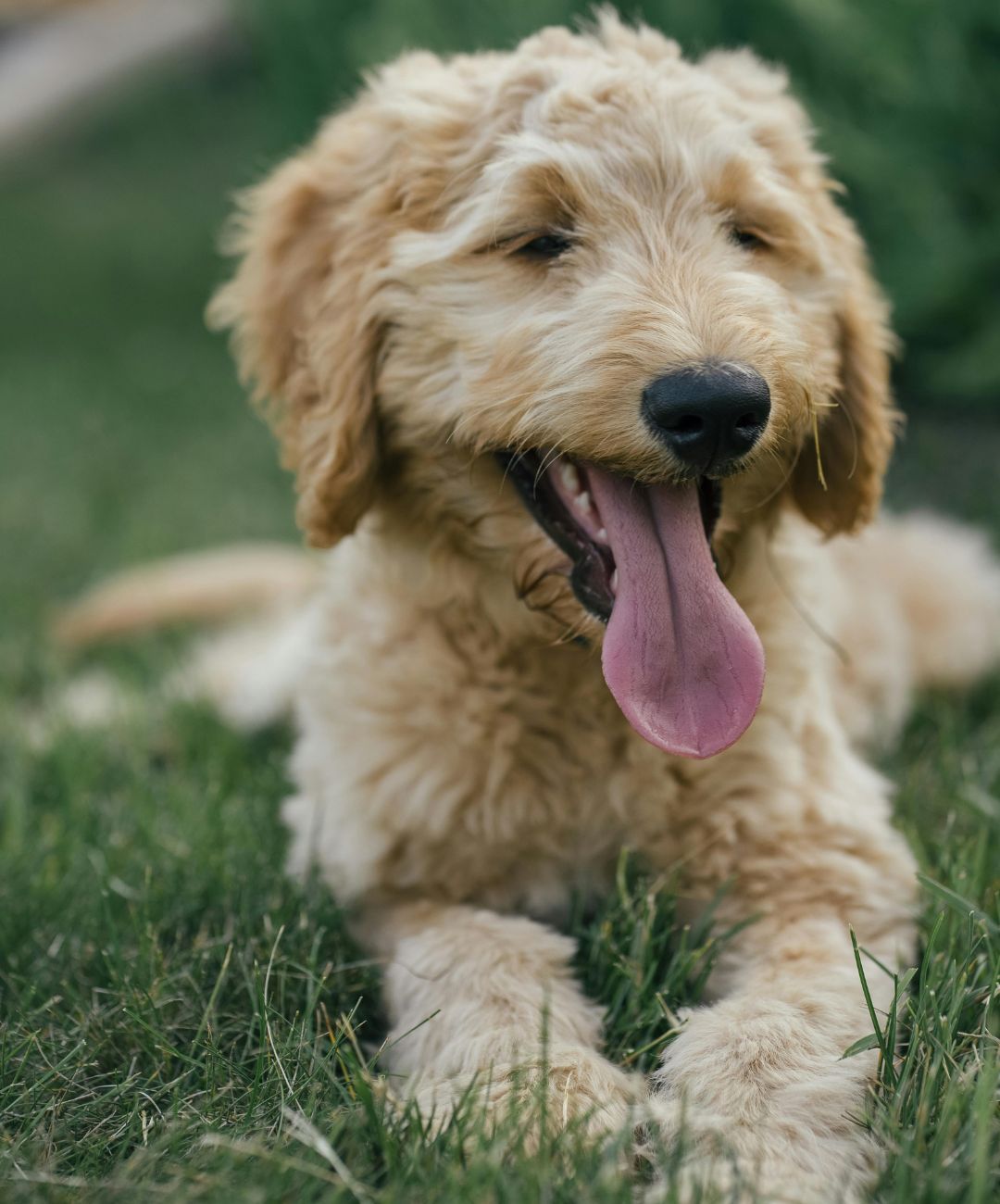
Providing your puppy with proper food and water bowls is essential for their daily care and comfort.
Bowl Materials
You’ll need a separate bowl for both food and water, and it’s best to choose sturdy, non-tip bowls to prevent spills. Heavy bowls made from materials like stainless steel or ceramic, placed on a mat, will help keep them in place and minimize messes.
Fresh Water
It’s also important to ensure your puppy has constant access to clean, fresh water throughout the day, especially during active play or after meals. Keeping the water bowl clean is key to preventing bacteria buildup that can affect your puppy’s health.
Portioned Meals
When it comes to food, using a designated bowl for portioned meals helps regulate their diet and maintain healthy eating habits.
For more tips on feeding your puppy, including choosing the right food and feeding schedules, check out our blog.
Toys
Toys play a crucial role in your puppy’s development, providing both physical exercise and mental stimulation.
Healthy Development
A well-rounded selection of toys will not only help keep your puppy entertained, but also aid in their growth by encouraging healthy behaviors like chewing, fetching, and problem-solving. Chew toys, for example, are excellent for soothing teething pain, while interactive puzzle toys challenge your puppy’s mind and keep them engaged.
Prevent Destructive Behavior
Having a variety of toys on hand also helps prevent destructive behavior—bored puppies often resort to chewing on furniture or getting into things they shouldn’t.
Reinforce Good Behavior
Rotating toys regularly can keep your puppy’s interest fresh and exciting. Additionally, using toys as part of their daily training routine is a great way to reinforce good behavior through play.
For more ideas on the best types of toys for your puppy’s age and breed, read our blog.
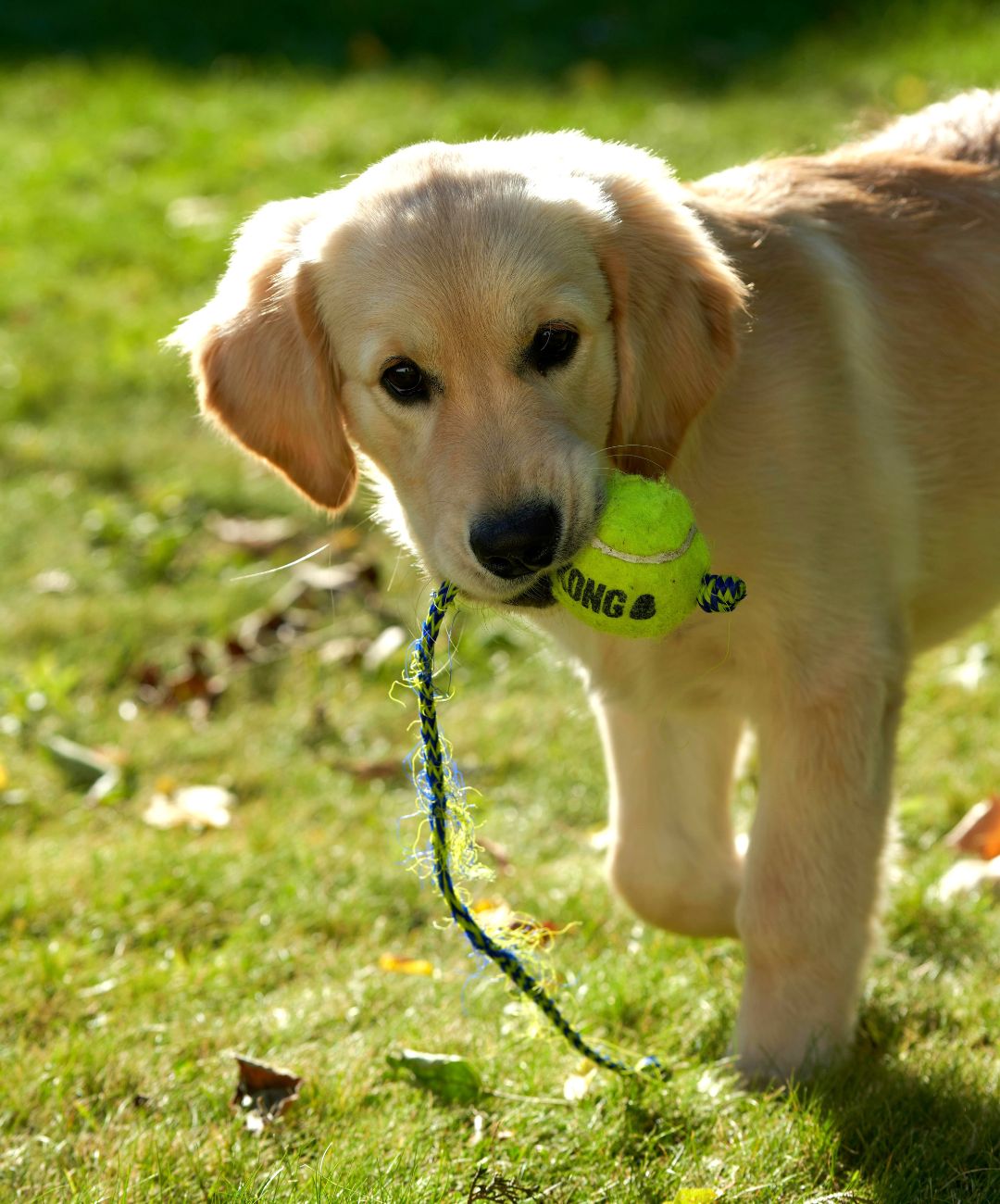
Dog Crates
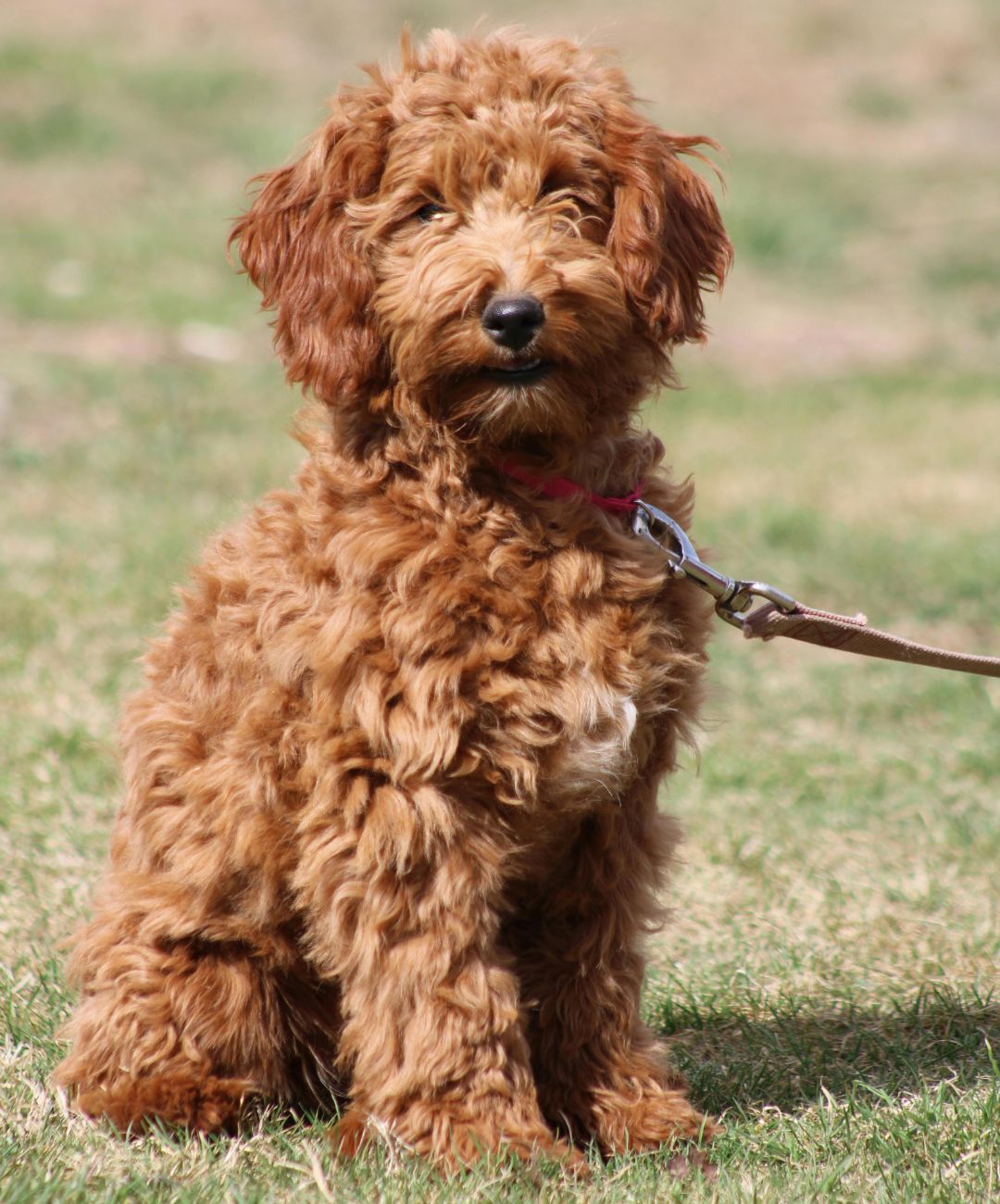
Creating a safe and comfortable space for your puppy is essential for their well-being, and that’s where crate training comes in.
Crate Training
Starting crate training from the first night helps your puppy adjust to their new environment and provides them with a secure place they can call their own.
Develop Good Habits
A properly sized crate becomes your puppy’s den, offering a sense of safety and promoting good habits like learning to sleep through the night and preventing accidents.
Associate with Positive Things
It’s important to make the crate a positive experience—never use it as punishment. Instead, introduce the crate gradually by placing treats or toys inside to encourage your puppy to explore it on their own.
Keep It Comfortable
Using soft bedding and familiar items, such as a blanket with your scent, can also help make the crate feel cozy and inviting. Consistency is key, and with patience, your puppy will see the crate as a place of comfort, not confinement.
For a more detailed step-by-step approach to crate training, check out our blog.
Poop Bags
Poop bags are an essential item for any puppy owner and should be carried with you during every walk or outing.
Keep Your Neighborhood Clean
Not only is picking up after your puppy a basic responsibility, but it’s also important for keeping your neighborhood clean and maintaining good relationships with those around you.
Prevent Odors & Health Hazards
Failing to clean up after your puppy can lead to unpleasant smells, health hazards, and even fines in some areas. It’s also a matter of respect—no one enjoys stepping in or dealing with unsightly messes in shared spaces like parks or sidewalks.
Environment & Community Care
Biodegradable poop bags are a great eco-friendly option, ensuring that you’re not only taking care of your puppy but also the environment. Remember, proper disposal of waste contributes to a cleaner and more enjoyable community for everyone.
For more tips on responsible pet ownership, read our blog.
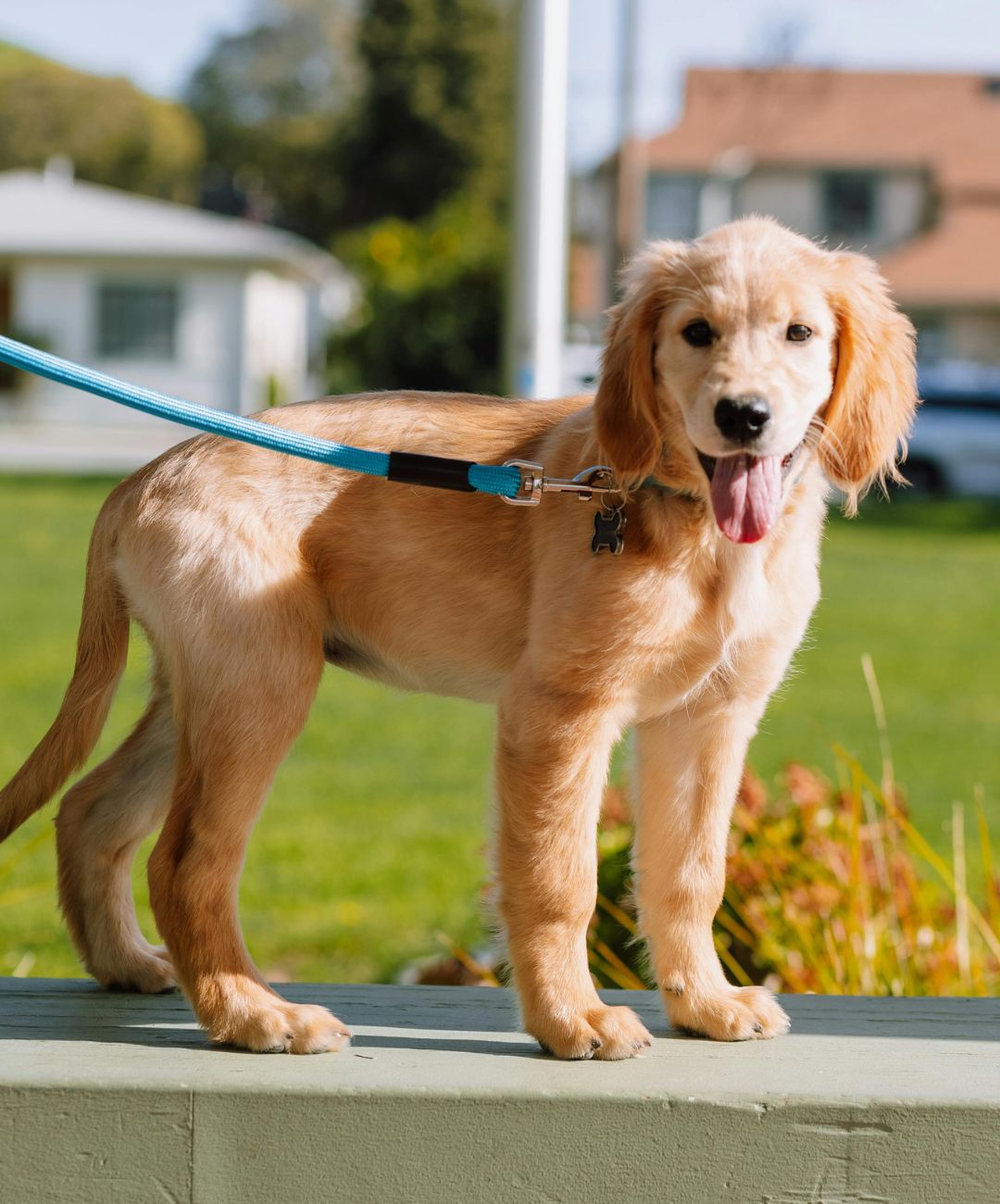
Dog Treats
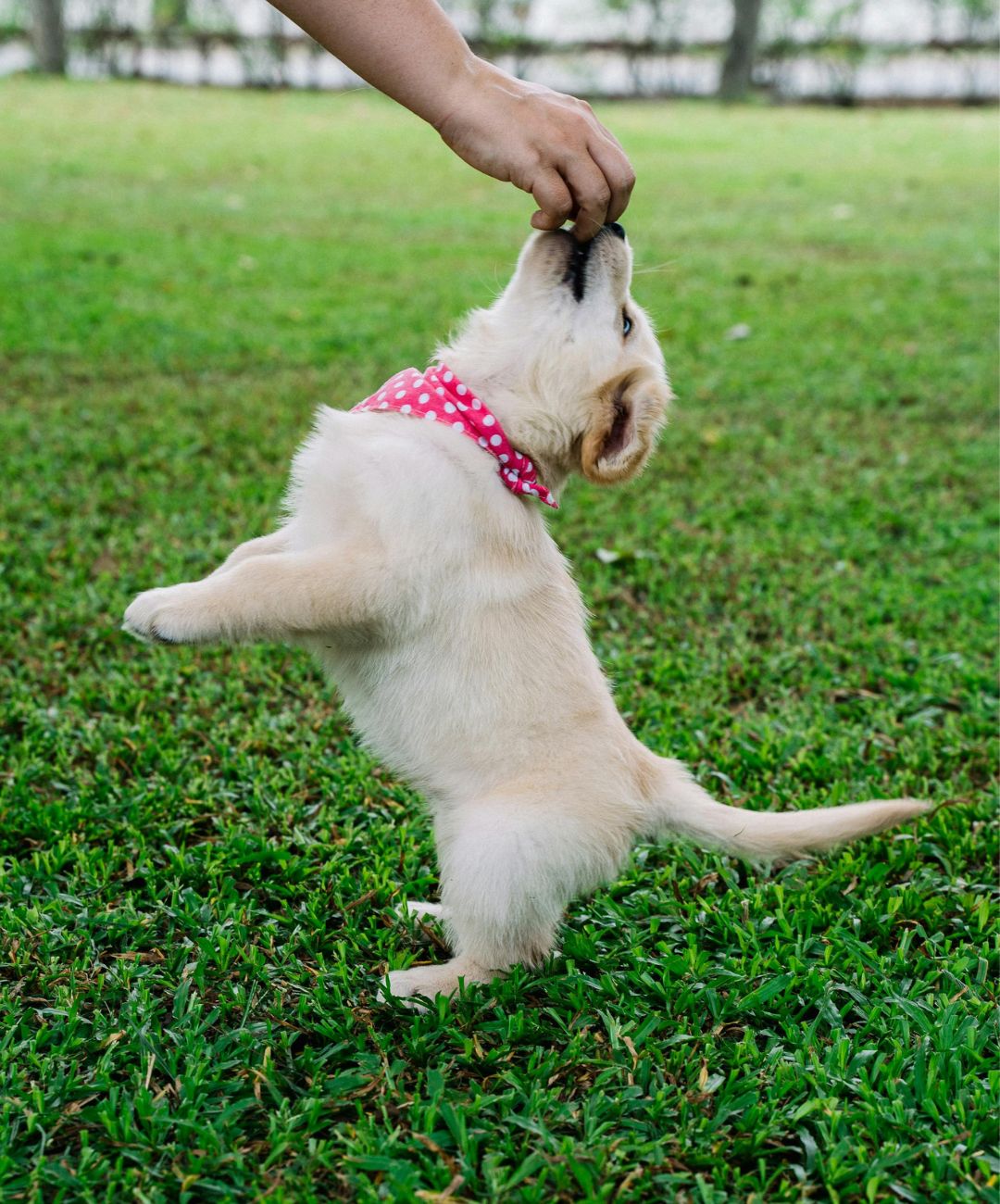
Treats are an essential tool for training and bonding with your new puppy.
Reinforce Good Behavior
Using treats to reward good behavior helps reinforce positive habits, whether you’re working on basic commands like “sit” and “stay” or encouraging your puppy to use the bathroom outside.
Use Strategically
The key is to use treats strategically—offer them immediately after your puppy does something right to create a clear connection between their action and the reward. This not only speeds up training but also strengthens the bond between you and your puppy.
Give in Moderation
It’s important to choose healthy treats in moderation, as overfeeding can lead to weight gain and other health issues. Additionally, soft, bite-sized treats are often best for training, as they’re quick to chew and easy to portion.
Help with Socialization
Treats can also be used during socialization, helping your puppy feel more comfortable in new environments or around other pets.
For more insights on selecting the best treats and using them effectively, read our blog.
During Adoption
Puppy Food
The first day of feeding your new puppy is a crucial part of helping them adjust to their new home.
Start with Familiar Food
Since your puppy is already used to a specific brand of food, it’s best to start with what they’ve been eating to avoid upsetting its stomach. We provide a bag of this food, so you can continue with the familiar option at first.
Gradually Transition to New Food
If you plan to switch to a different food, make sure to do so gradually—mixing the new food with the old in small amounts and slowly increasing the ratio over a week. This gentle transition helps prevent digestive issues that can arise from an abrupt change in diet.
Establish a Feeding Schedule
It’s also important to establish a feeding schedule from the beginning, giving your puppy regular meal times to help them feel secure and settle into a routine. Don’t forget to offer plenty of fresh water alongside meals to keep your puppy hydrated.
For a more detailed guide on how to properly feed a puppy and transition them to new foods, check out our blog.
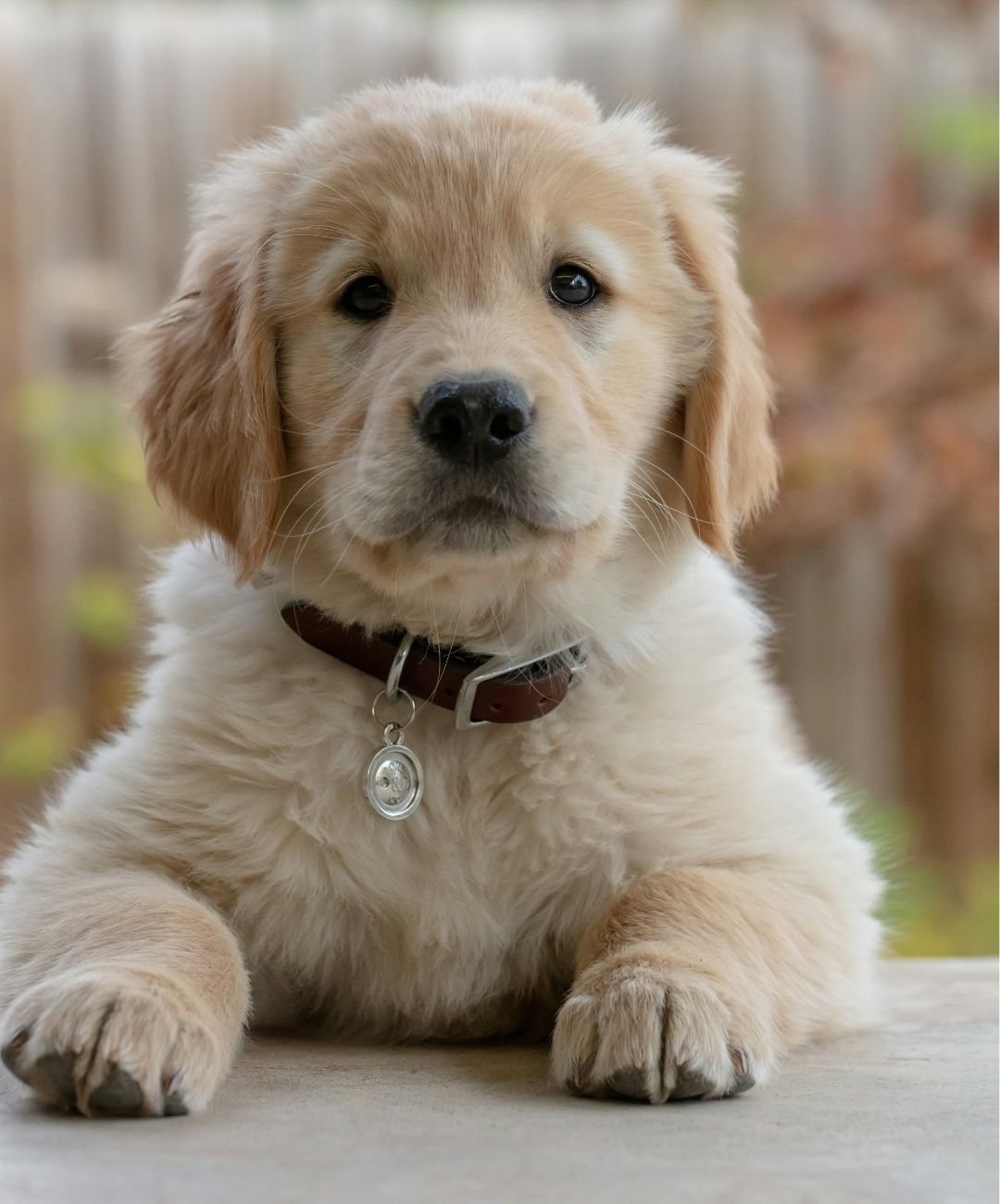
Car Ride Home
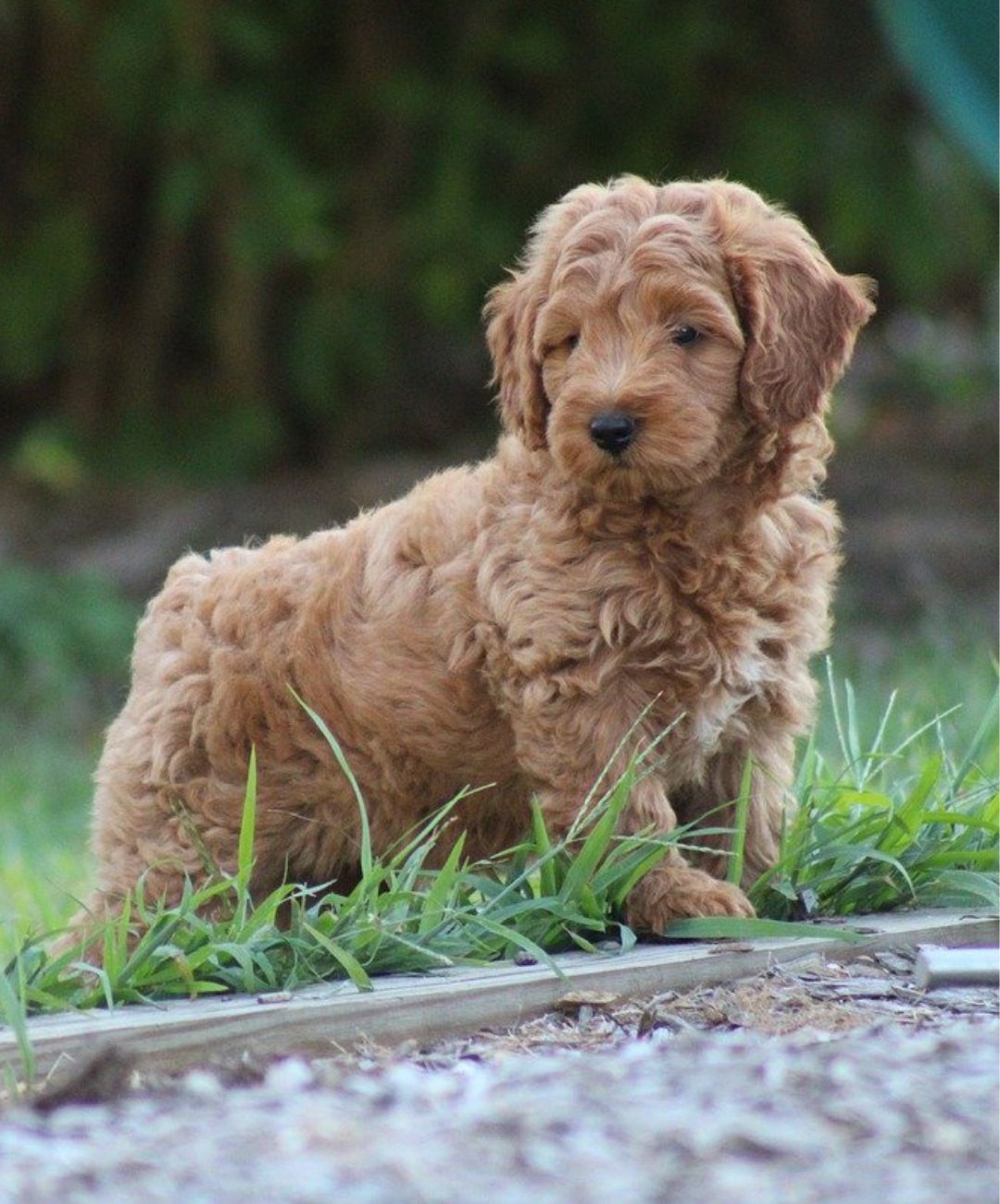
The first car ride home with your new puppy is an exciting and important moment. It sets the tone for how your puppy will view car rides in the future, so it’s essential to make it as stress-free as possible.
Create a Comfortable Space
Before heading out, prepare a comfortable space for your puppy in the car, such as a travel crate or a soft blanket in a secure area. During the ride, speak softly to reassure your puppy and avoid sudden stops or loud noises that might startle them.
Bring Something with a Familiar Scent
Bringing along a favorite toy or blanket with a familiar scent can also help your puppy feel more at ease.
Plan for Breaks
Make sure to plan for breaks if the drive is long, allowing your puppy a chance to relieve themselves and stretch their legs.
With patience and care, this first journey will become a positive memory for both you and your new furry friend, setting the stage for future adventures.
Car Ride Training
Once you’re home, helping your puppy adjust to car rides is essential for creating a positive association with travel.
Introduce to Car
Start by introducing your puppy to the car in a calm and relaxed environment. Let them explore the vehicle at their own pace, allowing them to sniff around and get comfortable with the space. Consider placing their favorite blanket or toy in the car to create a sense of familiarity and security.
Keep Initial Trips Short
During the first few car rides, keep the trips short and enjoyable, perhaps driving to a nearby park or a friend’s house, so your puppy can experience the joy of new adventures rather than associating car rides solely with visits to the vet.
Speak Softly in the Car
Speak softly to your puppy during the ride, offering reassurance and treats to create a positive experience.
Secure Puppy in a Crate or Harness
Make sure to secure your puppy safely, whether in a crate or with a harness, to ensure their comfort and safety.
Gradually Increase Trip Length
Gradually increase the duration of your trips as your puppy becomes more accustomed to traveling, helping them see car rides as exciting opportunities for exploration.
With patience and consistency, your puppy will learn to love car rides, making future outings enjoyable for both of you.
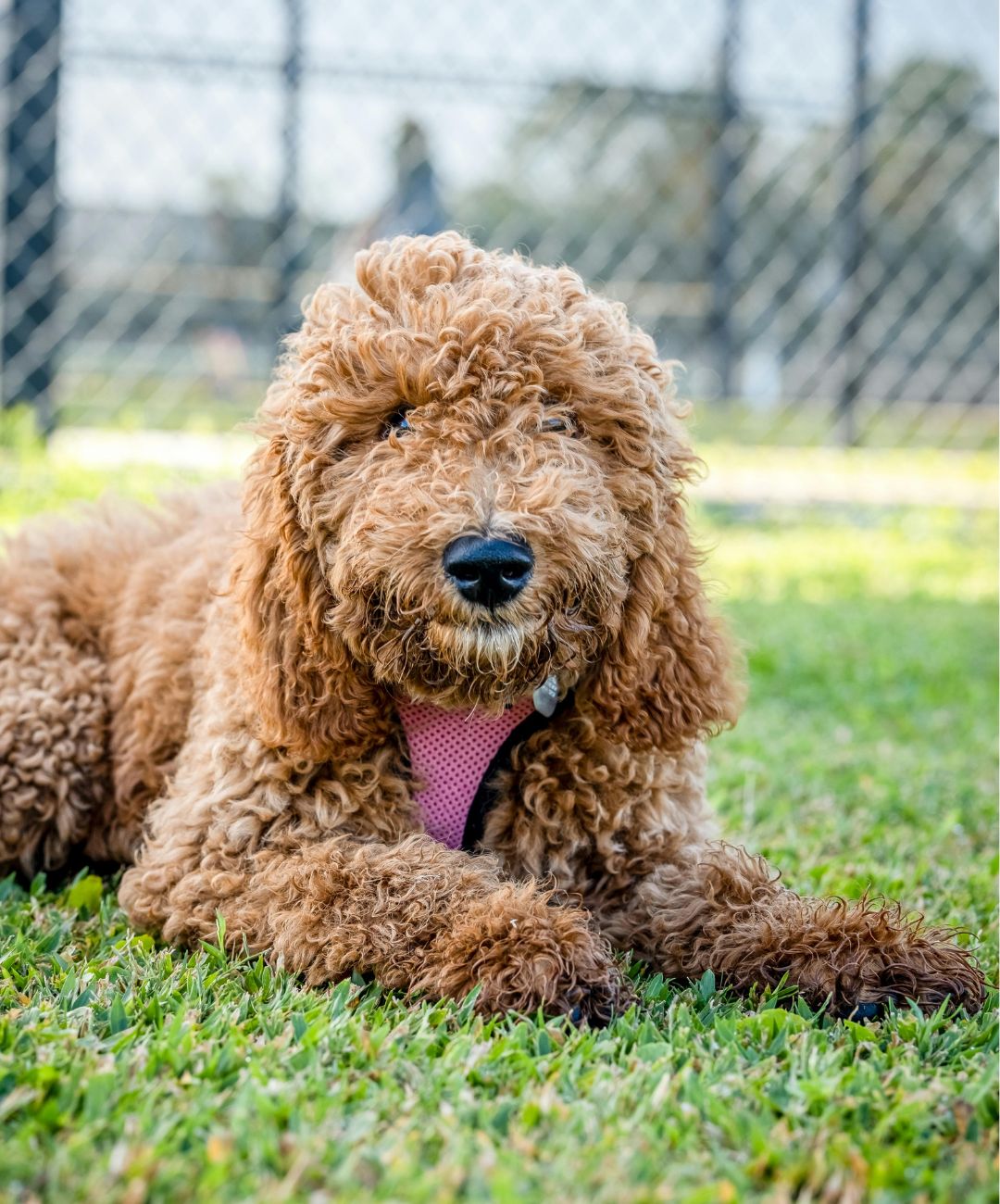
Time Alone
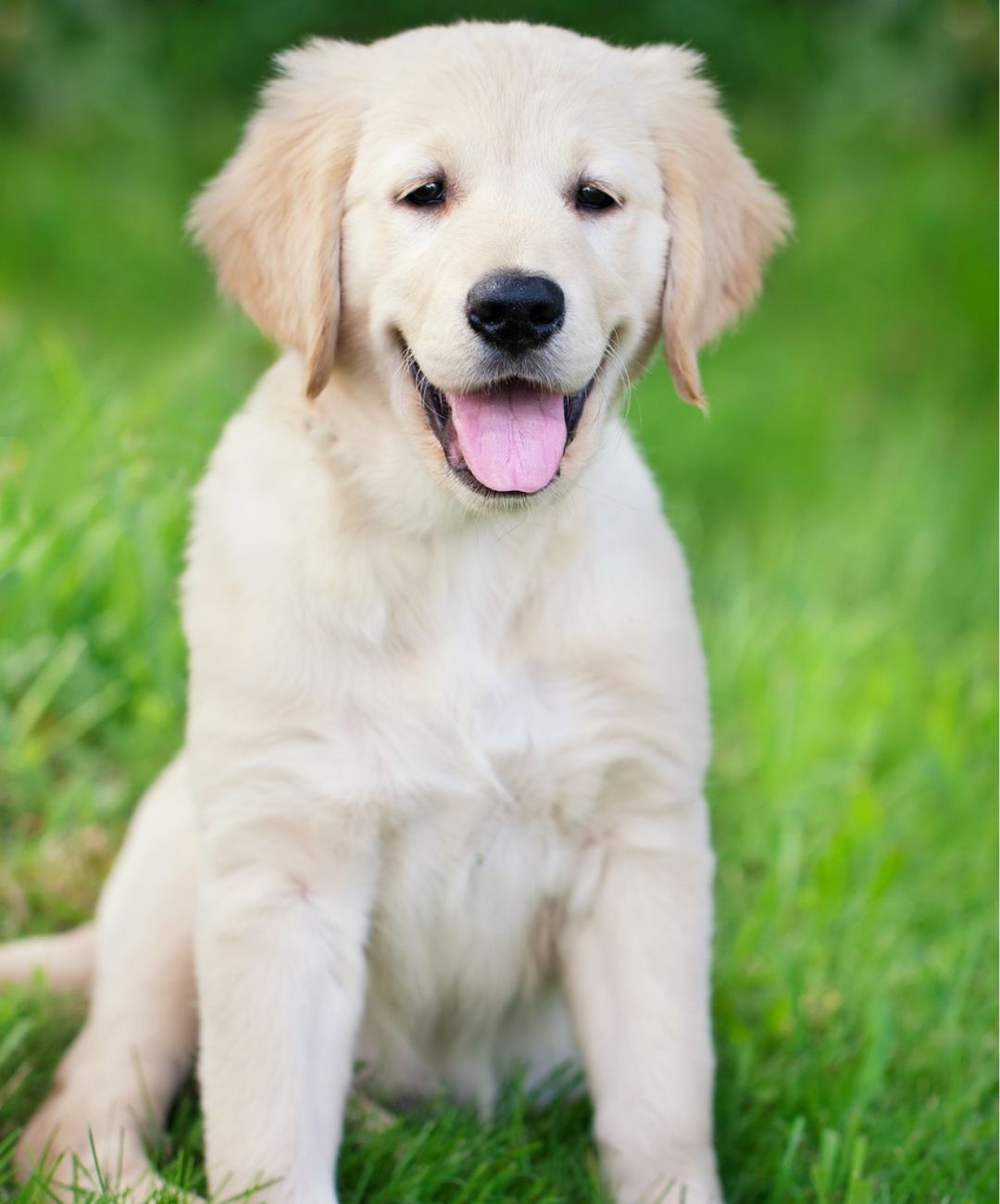
When bringing your new puppy home, it’s crucial to consider their need for companionship and emotional support, especially during the initial adjustment period.
Reduce Time Away
Puppies are inherently social animals that thrive on interaction, and leaving them alone for long stretches can lead to feelings of loneliness and anxiety. To help ease this transition, avoid leaving your puppy unattended for more than a few hours at a time during the early weeks.
Set Up Check Ins
If you have commitments that require you to be away for extended periods, consider enlisting a trusted friend or family member to check in on your puppy, spend time with them, and provide some play and companionship.
Doggy Daycare & Pet Sitters
Additionally, you can explore options like puppy daycare or hiring a pet sitter for longer absences, which can offer social interaction and playtime with other dogs.
Provide Stimulating Toys
Providing your puppy with toys that stimulate their mind while you’re away can also help alleviate boredom.
Establish a Routine
Establishing a routine that includes short separations will help your puppy learn that alone time is a normal part of life, reducing anxiety when you do need to leave.
For more strategies on easing separation anxiety and ensuring your puppy feels secure while home alone, read our blog.
Table Scrapping
While it can be tempting to share your meals with your new puppy, it’s essential to resist the urge to engage in table scrapping.
Health Issues
Feeding your puppy human food can lead to a variety of health issues, including obesity, digestive problems, and even pancreatitis, which can be life-threatening.
Reinforce Bad Habits
Additionally, giving your puppy scraps can create bad habits, such as begging at the table or developing a picky eating behavior, where they may refuse their own food in favor of yours.
Maintain a Balanced Diet
To help your puppy understand appropriate eating habits, it’s best to stick to a balanced diet of high-quality dog food specifically formulated for their nutritional needs. If you want to offer treats, opt for those designed for dogs, which can provide a safe and healthy way to reward good behavior.
Set & Keep Mealtime Boundaries
Establishing clear boundaries around mealtimes is crucial, as this helps your puppy learn to be patient and wait for their own food instead of expecting handouts.
For more information on creating healthy feeding routines and the types of foods that are best for your puppy, check out our blog.
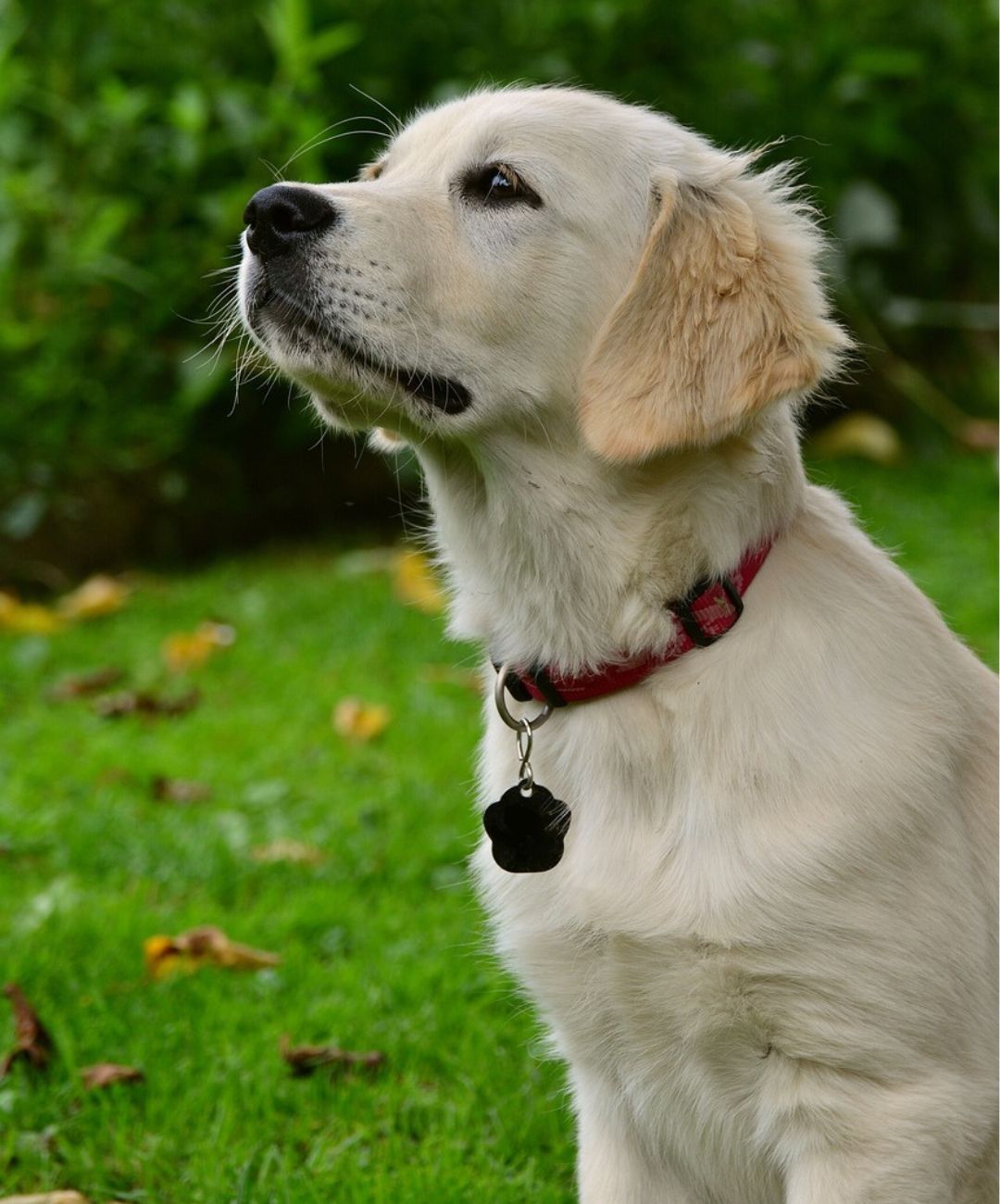
Patience
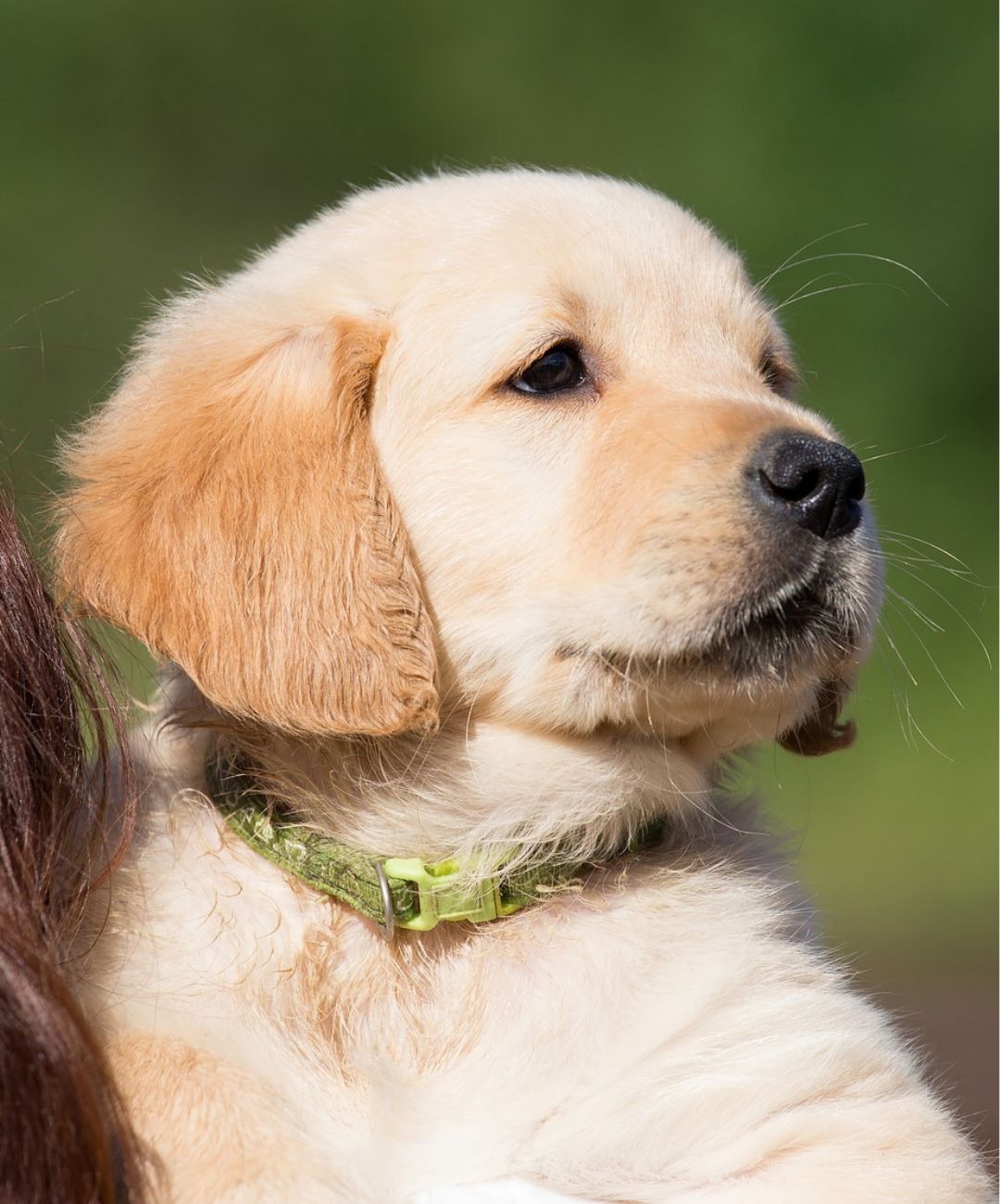
Welcoming a new puppy into your home is an exciting experience, but it can also be tiring and overwhelming, especially during the first few days and nights. Your puppy is not only adjusting to a new environment but also missing the comfort of their mother and littermates, which can lead to anxiety and restless nights.
Give It Time
It’s important to be patient during this transitional period; with time, your puppy will adapt to their new surroundings and develop a sense of security.
Keep a Routine
Establishing a consistent routine can help ease this adjustment, including set times for feeding, play, and potty breaks, which will provide your puppy with a sense of structure and predictability.
Create a Comfortable Spot
Providing a cozy sleeping area with familiar scents, such as a blanket or toy from their previous home, can also make your puppy feel more at ease.
Normal Behavior
While the first few nights may involve some whining or barking, remember that this is a normal part of the process. With patience and reassurance, your puppy will learn that their new home is a safe and loving environment.
For more tips on helping your puppy settle in and what to expect during those first few days, read our blog.
Hand Feeding
Hand-feeding your puppy during the first week at home can be an invaluable practice for fostering bonding and laying the groundwork for effective training. This method not only allows you to monitor your puppy’s food intake, helping prevent overfeeding, but it also encourages your puppy to associate you with positive experiences.
Useful for Training
By offering each piece of kibble from your hand, you teach your puppy to wait patiently and respond to your cues, reinforcing essential behaviors like sitting and being calm during meals.
Eases Anxiety
This practice can also ease any anxiety your puppy may have about eating in a new environment, as your presence provides comfort and security. Additionally, hand feeding promotes carefulness in how your puppy takes food, which can be beneficial for future training, particularly when teaching commands or discouraging jumping up.
Switching to Dishes
As your puppy grows more comfortable, you can gradually transition back to using a bowl while still incorporating occasional hand feeding to maintain that strong bond.
For more tips on building a strong relationship with your new puppy through feeding and training techniques, check out our blog.
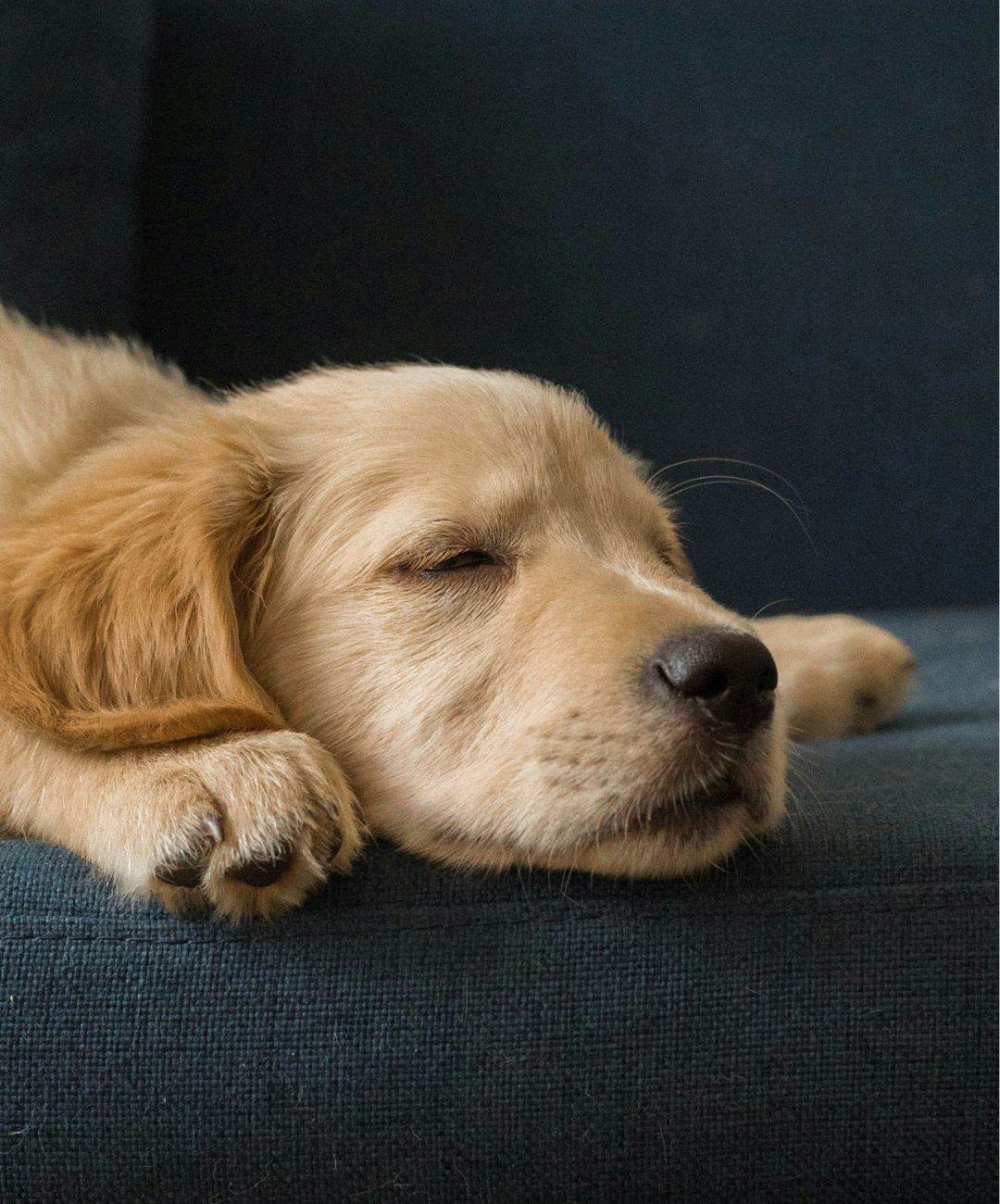
Reactions in Training
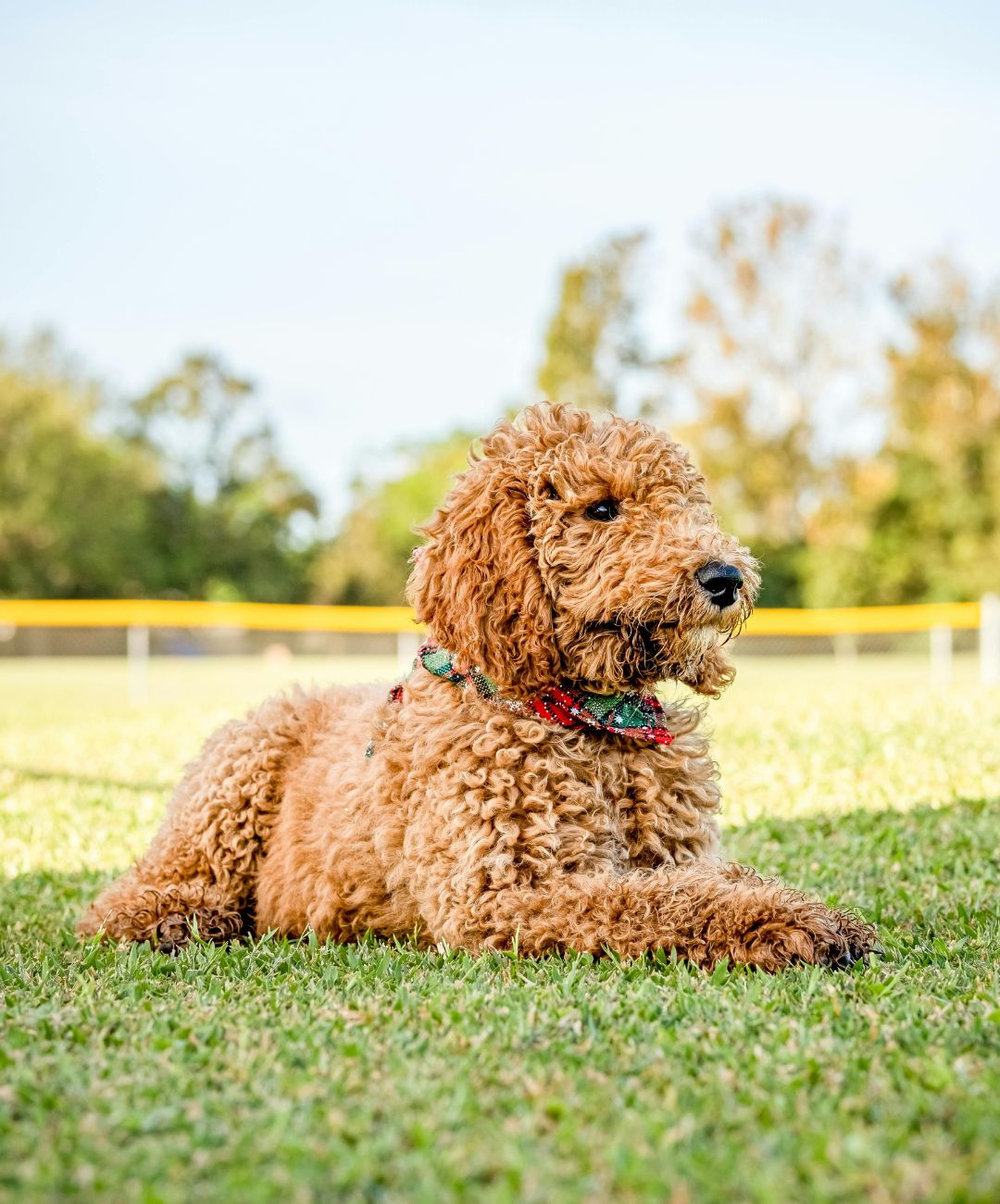
When it comes to training your new puppy, the way you respond to their behavior plays a crucial role in shaping their understanding of what is acceptable.
Be Gentle but Firm
Using calm, authoritative tones when correcting your puppy helps establish clear communication and reinforces your role as a trusted leader. Puppies are sensitive to vocal tones and body language, so a gentle but firm approach is much more effective than yelling or using harsh reprimands.
Don’t Yell
Yelling can confuse your puppy and create fear, leading them to associate you with negative experiences, which can hinder their learning and damage the bond you’re trying to build.
Use Positive Reinforcement
Instead, focus on redirecting undesirable behaviors with positive reinforcement—rewarding good behavior with treats or praise encourages your puppy to repeat those actions.
Help Your Puppy Feel Secure
If your puppy makes a mistake, try to guide them toward the correct behavior without raising your voice. This fosters a sense of safety and trust, allowing your puppy to feel secure in your presence.
For more insights into effective training techniques and building a strong relationship with your puppy, read our blog.
Socialization
Socialization is one of the most important aspects of raising a well-adjusted puppy, as it lays the foundation for their behavior and temperament as an adult dog.
Socialize Early On
It’s essential to provide your puppy with plenty of opportunities to interact with other pets and people during their early development stages, ideally between 3 and 16 weeks of age.
Develop Social Skills
These interactions help your puppy learn appropriate social skills, reducing the likelihood of fear-based behaviors or aggression later in life. Take your puppy to dog parks, attend puppy classes, or arrange playdates with other vaccinated dogs to expose them to different environments and experiences.
Pay Attention to Your Puppy’s Reactions
It’s important to ensure these encounters are positive and controlled, so your puppy feels safe and confident. Pay attention to your puppy’s body language; if they seem overwhelmed, it’s okay to take a step back and give them a break.
Gradual Introductions
Gradually introducing your puppy to new experiences—such as different sounds, sights, and smells—will also help them build resilience and adaptability.
For more guidance on socializing your puppy and understanding its significance, check out our blog.
